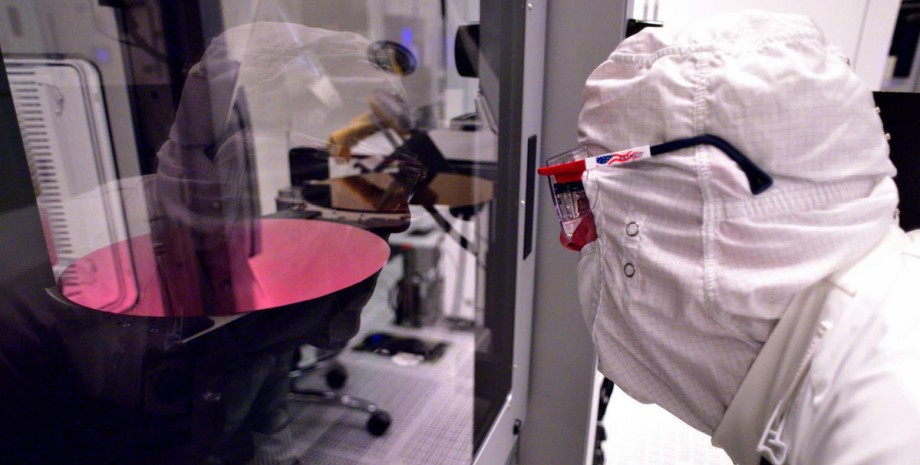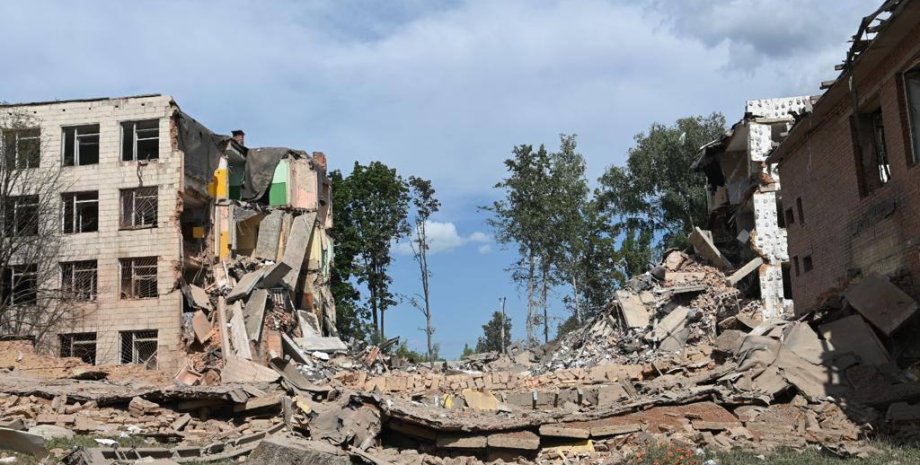
 By Natali Moss
By Natali Moss
The descriptions of the requirements have a sophisticated appearance and approximately as follows: "Development and development in the production of installation of laser defect elimination and the production process of elimination of unacceptable defects on photo lashes in providing production of integral schemes with topological standards 250-65 nm". It should be borne in mind that the leading manufacturers are already entering the mode of production of processors for 2 nm technoprocesses.
From the tender documents it follows that the first results of the Ministry of Commissar of the Russian Federation plans to obtain in two to three years. Since the collapse of the USSR, modern Russia has not managed to establish the production of its own modern chips and chips over all its opportunities. There is a Micron enterprise that lives and provides a "soldier" with ancient chips of 180-90 nm, which are technologies of 30 years ago.
Some Russians accuse all of Boris Yeltsin's expression, who moved Russia towards the West under the slogan "Buy everything there for oil and gas. " But even in 23 years of Vladimir Putin's reign, the country has not been taken over both the development of its technologies or lithographic equipment for the production of processors and its purchase abroad, when the Russian Federation was not yet under sanctions.
As a result, the Russian "Micron" continues to ripen the ancient Soviet chips at 90 nm and even "experimental samples" with a topology of 65 nm, which are still suitable for some military equipment and missiles, but not applicable to modern equipment. Use in regular computers or smartphones is not at all. Despite the ability to produce at least some processors, it should be understood that modern military equipment cannot be competitive if it is based on such outdated technologies.
There can be no discussion of supercurrent missiles, military AI, drones or laser weapons, if you are not able to produce or buy the required number of modern processors and circuits. Such weapons on old technologies will not support their army or no one in the highly competitive weapons market.
Of course, for many years the Russian Federation has actively purchased the necessary processors in the West, but since 2014 it is increasingly difficult to do it, and since 2022 after a full -scale invasion of Ukraine is almost impossible. China, for its part, suffers from US sanctions, and although it has a 28 nm processor production line, but is concerned about its problems and has no large volume for sale to Russia.
Although the aggressor country is still buying chips in the PRC, but they are clearly not enough to cover the deficit taking into account the attack on Ukraine. Everything is very simple. There are only three countries in the world that control technologies necessary for the development of progress in the production of processors: the US, the Netherlands and Japan. They have technology and industrial installations of lithographic equipment, without which it is impossible to produce chips.
The Netherlands and Japan at the capacity of ASML, Nikon and Canon create lithographic machines, and the US provides them with the necessary software. These three countries sell equipment only to the selected and today all the production of modern processors outside the territories of these states is in South Korea (Samsung) and several Taiwan plants (including the known TSMC).
At one time, the mainland China was able to get the necessary technologies and equipment, but in connection with the long -term policy of restraint from the United States stopped in the development of chipi at 28 nm, while TSMC reports on the launch of production of processors by 2 nm. Even if Russia offers unimaginable money for such modern lithographic equipment, a conglomerate from three countries simply will not sell the Russian Federation.
There is one option: to go to China and offer any money for 28 nm technical processes and equipment for it. But since the Ministry of Commun has such a state order with the characteristics of "250-65 nm", it can be assumed that the PRC will not give modern equipment, and may share unnecessary already placed outdated lines in exchange for huge money or another "long-term rent "Siberia territories.










All rights reserved IN-Ukraine.info - 2022